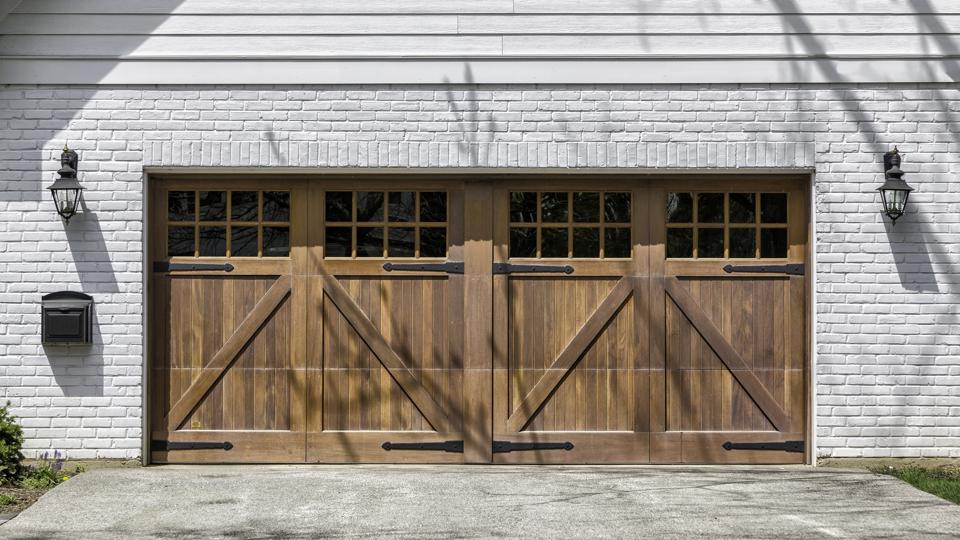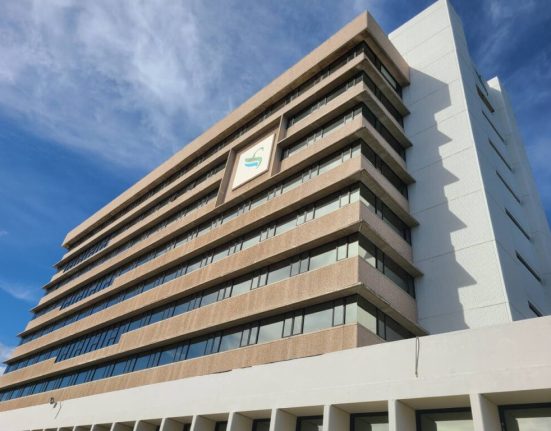Editorial Note: We earn a commission from partner links on Forbes Advisor. Commissions do not affect our editors’ opinions or evaluations.
The rate on a 30-year fixed refinance increased to 6.58% today, according to the Mortgage Research Center. The average rate on a 15-year mortgage refinance is 5.51%. On a 20-year mortgage refinance, the average rate is 6.35%.
Related: Compare Current Refinance Rates
30-Year Fixed-Rate Mortgage Refinance Rates Drop 0.17%
At 6.58%, the average rate on a 30-year fixed-rate mortgage refinance is down 0.17% from last week.
On a 30-year fixed mortgage refi, the APR (annual percentage rate) is 6.61%, about the same as last week. APR, or annual percentage rate, includes a loan’s interest rate and a loan’s finance charges. It’s the all-in cost of your loan.
At the current interest rate of 6.58%, borrowers with a 30-year fixed-rate refinance mortgage of $100,000 will pay $637 per month in principal and interest (taxes and fees not included), the Forbes Advisor mortgage calculator shows. You’d pay about $130,131 in total interest over the life of the loan.
20-Year Fixed-Rate Mortgage Refinance Rates Climb 0.11%
The average interest rate on the 20-year fixed refinance mortgage is 6.35%, about the same as last week.
The APR on a 20-year fixed is 6.39%, about the same as last week.
A 20-year fixed-rate mortgage refinance of $100,000 with today’s interest rate would cost $737 per month in principal and interest. Taxes and fees are not included. Over the life of the loan, you would pay around $77,359 in total interest.
15-Year Fixed-Rate Mortgage Refinance Rates Climb 0.07%
For a 15-year fixed refinance mortgage, the average interest rate is currently 5.51%, the same as a week ago.
The APR, or annual percentage rate, on a 15-year fixed mortgage is 5.56%. It was about the same last week.
Based on the current interest rate, a 15-year, fixed-rate mortgage refinance of $100,000 would cost $818 per month in principal and interest—not including taxes and fees. That would equal about $47,610 in total interest over the life of the loan.
30-Year Jumbo Mortgage Refinance Rates Climb 0.37%
The average interest rate for a 30-year, fixed-rate jumbo mortgage refinance (a loan above the federal conforming loan limit of $806,500 in most places) jumped up week-over-week to 6.72%, versus 6.7% last week.
At today’s interest rate on a 30-year, fixed-rate jumbo mortgage refinance, a borrower would pay $647 per month in principal and interest on a $100,000 loan.
15-Year Jumbo Mortgage Refinance Rates Drop 0.15%
The average interest rate on the 15-year fixed-rate jumbo mortgage refinance declined to 5.91%, about the same as last week.
Borrowers with a 15-year fixed-rate jumbo mortgage refinance with today’s interest rate will pay $839 per month in principal and interest per $100,000 borrowed. They will pay about $51,263 in total interest over the life of the loan.
Are Refinance Rates and Mortgage Rates the Same?
No, mortgage refinance rates are typically higher than purchase loan rates due to additional risk for the lender. Cash-out refinance rates are also higher than a standard rate-and-term refinance as you are increasing your loan balance by tapping your equity.
The application process for refinancing a mortgage is similar to getting a home purchase loan regarding the required paperwork and home appraisal. Additionally, similar closing costs from 2% to 6% of the loan amount apply, which is an extra expense.
When you refinance, your new rate is based on current refinance rates and your loan term. This rate replaces your existing mortgage repayment terms.
When considering a mortgage refinance, compare your current interest rate, mortgage balance and loan term with the new interest rate and term. This comparison helps you estimate your new monthly payment and savings, making it easier to determine if refinancing is the right choice.
When You Should Refinance Your Home
There are a number of reasons why you should refinance your home, but many homeowners consider refinancing when they can lower their interest rate, reduce their monthly payments or pay off their home loan sooner. Refinancing also may help you access your home’s equity or eliminate private mortgage insurance (PMI).
Refinancing your mortgage can make sense if you plan to remain in your home for a number of years. There is, after all, a cost to refinancing that will take some time to recoup. You’ll need to know the loan’s closing costs to calculate the break-even point where your savings from a lower interest rate exceed your closing costs. You can calculate this by dividing your closing costs by the monthly savings from your new payment.
Our mortgage refinance calculator could help you determine if refinancing is right for you.
How To Qualify for Today’s Best Refinance Rates
Just like when you took out your original mortgage, it pays to have a strategy for finding the lowest rate when you want to refinance. Here’s what you should be doing to get a good mortgage rate:
- Improve your credit
- Consider a shorter loan term
- Lower your debt-to-income ratio
- Watch mortgage rates
There are no guarantees when it comes to borrowing, but a strong credit score is one of the best things you can do to present yourself to lenders. Banks and other mortgage refinance lenders are more likely to approve you if you don’t have too much debt relative to your income. You should check in on mortgage rates, which fluctuate frequently, on a regular basis. And use calculators like ours to see if you can swing a home loan that’s shorter in duration than the popular 30-year mortgage. These loans usually have lower interest rates.
Refinancing Rate Outlook for 2025
National average mortgage rates have remained in the middle-to-high 6% range since the final quarter of 2024, and experts expect this trend to continue throughout the first half of 2025.
Although forecasting mortgage interest rates is challenging, economic indicators like inflation and unemployment rates can provide insights into the direction of the housing market. For example, if inflation slows and national unemployment levels remain stable or rise, the Federal Reserve may cut the federal funds rate, which could lead to lower mortgage rates. On the other hand, if inflation stays high and unemployment decreases, rates are likely to remain steady.
Since mortgage rates are expected to experience minimal movement in the first half of the year, those looking to refinance at a lower rate should consider waiting until later in the year. In the meantime, improving your credit score and making on-time payments will allow you to secure the best possible rate when you begin shopping for refinance offers.
Frequently Asked Questions (FAQs)
How do you find the best refinancing lender?
Our guide to the best mortgage refinance lenders is a good starting point, but make sure you compare multiple lenders and get more than one quote. It’s always a good idea to find out the closing costs lenders charge, and also to make sure you can communicate easily with your lender. Conditions in the housing market change frequently, so being able to depend on your lender is crucial.
How quickly can you refinance a mortgage?
Many lenders refinance your mortgage in about 45 to 60 days, but it depends on the type of mortgage you choose and other factors. Ask your lender what their time frame is before you borrow to make sure it’s right for you.
How soon can you refinance a mortgage?
In many cases, you can refinance a mortgage as soon as six months after you start paying it down, although some lenders insist that you wait 12 months. You should ask your lender to be sure.







